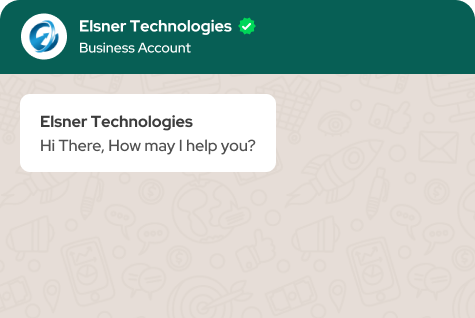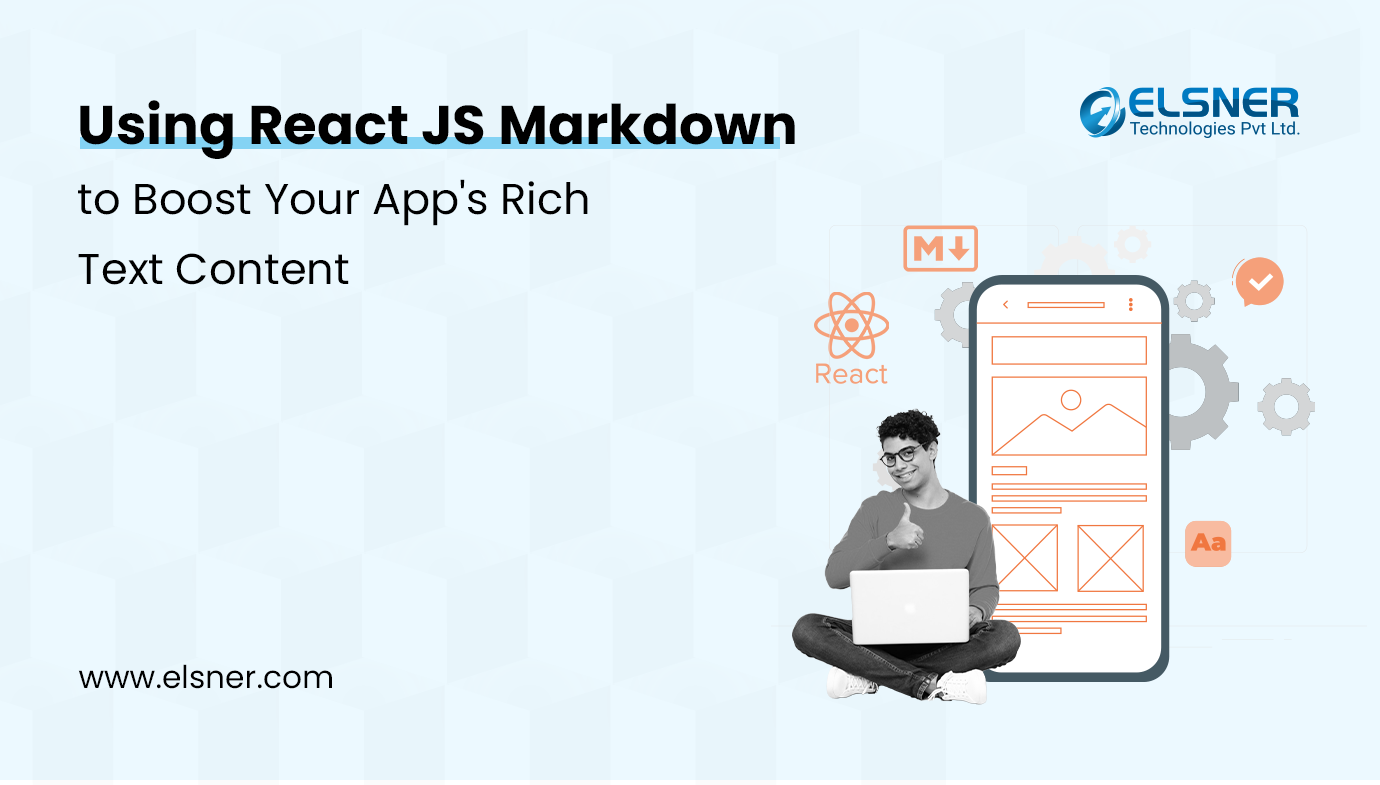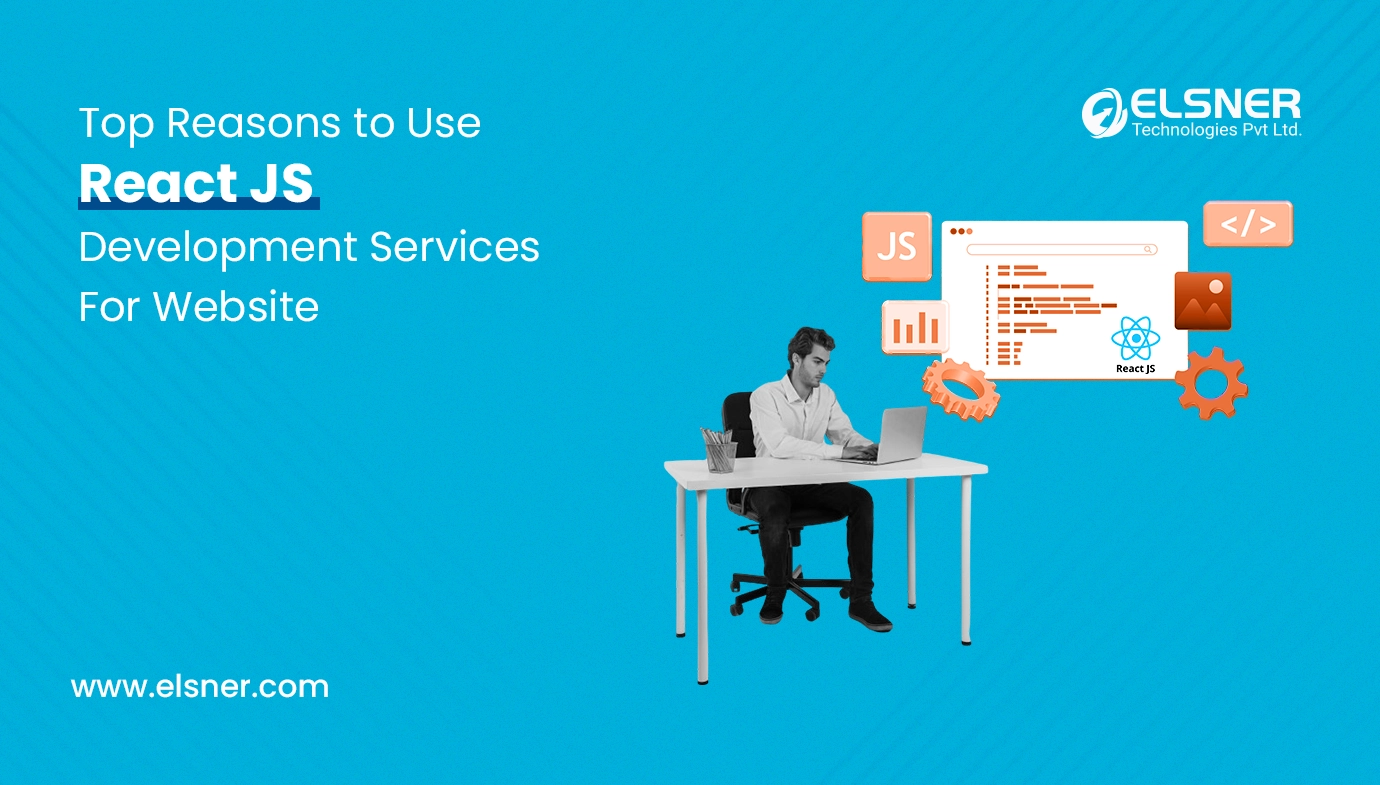- Why Choose Strapi + React for Full-Stack Applications
- Backend Setup: Creating a CMS with Strapi
- Frontend Setup: Building the React App
- Connecting React to Strapi APIs
- Authentication and Permissions
- Start Your Full-Stack Project
- When to Hire Experts for This Stack
- Common Mistakes to Avoid
- Final Thoughts: Is This Stack Right for Your Business?
- FAQs
It is likely that you have heard about Strapi and React if you intend to create a custom web application.
React is one of the most used JavaScript libraries for user interface development, while Strapi is an open-source, versatile headless CMS. When combined, they enable developers to create scalable apps more quickly without depending on bloated code or inflexible templates.
For businesses, this combo helps speed up development while keeping full control over how the frontend and backend work. Partnering with a skilled React JS development company can further streamline this process by offering frontend expertise tailored to your goals.
A Strapi agency can help set up a reliable full-stack structure that meets both tech and business needs.
This blog covers everything you need to know — from backend setup with Strapi to frontend integration using React.
Why Choose Strapi + React for Full-Stack Applications
Businesses need tools that allow fast development and easy content management. Traditional CMS platforms often come with built-in themes and frontend components that don’t play well with custom React apps. Strapi changes that by working purely as a backend API, giving React full control of the frontend.
Here’s a quick table comparing Strapi with a traditional CMS like WordPress when used in React projects:
| Feature | Strapi | WordPress (as a Headless CMS) |
| API First | Yes | Requires plugins |
| Built-in Admin Panel | Yes | Yes |
| React-Friendly | Fully decoupled API | Needs setup to decouple |
| Custom Content Types | Click-and-configure | Requires more coding |
| Role-Based Permissions | Granular & visual | Less flexible without plugins |
Some of the key advantages of this stack include:
- Easier content modeling without touching code
- Full control over the frontend UI
- Faster API responses for performance-driven apps
- Simpler integration with third-party tools
This is where the Strapi React full stack workflow comes into play — giving developers a reliable backend with full frontend freedom. If your business is thinking about using Strapi with React, you’re likely looking for that flexibility.
Backend Setup: Creating a CMS with Strapi
Let’s start with setting up Strapi.
- Open your terminal.
- Run:
npx create-strapi-app my-project --quickstart - Strapi will install and launch the local server with an admin panel at http://localhost:1337
After logging in to the admin, you can start by creating content types. Let’s say you want a simple blog — you can create a “Post” content type with fields like title, content, and published_at.
Strapi also lets you manage user roles out of the box. You can decide who can write content, who can publish it, and who has read-only access. This makes Strapi website development very adaptable for internal dashboards, marketing websites, and product-based apps.
If you’re looking for support with structured backend planning, it’s a good idea to work with a Strapi agency. They can align your CMS structure with your project goals.
That’s also where Strapi development services step in — ensuring permissions, content models, and security are all implemented correctly. If you’re building a digital store or product-based platform, partnering with an Ecommerce Development Company can help you get the best out of Strapi’s flexibility.
Frontend Setup: Building the React App
With the backend ready, the next step is building the React frontend.
Start by creating a new app:
npx create-react-app frontendAlternatively, if performance is a priority, go with Vite for faster builds:
npm create vite@latestThe folder structure might look like this:
src/
├── components/
│ └── Header.js
├── pages/
│ └── Home.js
├── services/
└── api.js
Install Axios for making HTTP calls:
npm install axiosFor routing, set up React Router:
npm install axiosThis is where a React frontend with Strapi backend shines. You control how data is displayed — whether it’s a homepage, product listing, or client dashboard.
If you’ve been looking for a Strapi React tutorial online and are feeling confused, realise that while the structure of each app varies, the fundamentals are always the same.
- Keep it simple
- Use components wisely
- Don’t overcomplicate the state management unless you need it
At this point, using Strapi with React means connecting UI elements with your backend content, so the next part is where that connection happens.
Connecting React to Strapi APIs
Once you’ve added content to Strapi, you’ll want to fetch that data into your React components.
Strapi offers both REST and GraphQL APIs. REST is more commonly used for smaller or simpler projects.
Here’s a basic example of how to fetch blog posts:
import axios from 'axios';
import { useEffect, useState } from 'react';
const Posts = () => {
const [posts, setPosts] = useState([]);
useEffect(() => {
axios.get('http://localhost:1337/api/posts')
.then(response => {
setPosts(response.data.data);
})
.catch(error => {
console.error(error);
});
}, []);
return (
<div>
{posts.map(post => (
<div key={post.id}>{post.attributes.title}</div>
))}
</div>
);
};
export default Posts;
That’s how Strapi API integration with React works at a basic level. You can use Axios, Fetch API, or even custom hooks for a cleaner structure.Once you’ve set up a React frontend with a Strapi backend, this kind of integration allows dynamic rendering of content that’s managed entirely through the admin panel.
Authentication and Permissions
For most apps, login functionality is essential. Strapi uses JWT (JSON Web Tokens) for authentication. Here’s how it works:
- A user logs in via the Strapi /auth/local endpoint
- Strapi returns a JWT token
- React stores the token (usually in localStorage)
- All future requests include the token in the Authorization header
This is what a login request might look like:
axios.post('http://localhost:1337/api/auth/local', {
identifier: '[email protected]',
password: 'password123',
})
.then(response => {
localStorage.setItem('token', response.data.jwt);
})
.catch(error => {
console.error(error);
});
Permissions in Strapi can be set at the role level. You can create roles like “Author”, “Editor”, or “Viewer”, and control what each can access. This makes it easier to build internal tools or client dashboards where access matters.
Start Your Full-Stack Project
Build scalable web apps with the power of Strapi + React — a perfect combination for speed, flexibility, and full frontend control.
When to Hire Experts for This Stack
Building everything in-house is not necessary or possible for every business. So, they should consider collaborating with a Strapi agency that is already familiar with this stack if they are pressed for time or internal technical resources.
Here are a few signs that it’s time to hire Strapi developers:
- You need to migrate from a traditional CMS to an API-first backend
- Your team isn’t experienced with JWT authentication or secure API structuring
- You need to integrate custom payment gateways or a third-party API
- Your project must scale quickly, and time is critical
A Strapi agency can speed up the setup process, reduce mistakes, and ensure your architecture is solid. Many companies prefer outsourcing these components so their in-house teams can focus on business logic.
When working with Strapi development services, make sure they follow best practices, including:
- API versioning
- Security
- Documentation
- Performance optimization
Common Mistakes to Avoid
Here’s a list of issues many developers (and teams) run into when working with Strapi and React:
- Setting up content types without planning a long-term structure
- Exposing private APIs or roles without authentication
- Not handling error states in the React frontend
- Failing to document the API endpoints for team use
- Ignoring version control or using localhost URLs in production
Whether you’re following a Strapi React tutorial or building from scratch, keeping these points in mind will help avoid downtime later.
Final Thoughts: Is This Stack Right for Your Business?
Before moving forward, ask these three things:
- Do we have the in-house skill to plan both the backend and the frontend?
- Will the setup scale if the product grows fast?
- Can we afford delays from poor implementation?
If any of these raise concerns, it’s smarter to bring in a Strapi agency. They’ve already solved the problems you don’t want to face. It’s faster, cleaner, and more stable that way.
When there’s a clear roadmap, it’s easier to maintain. That’s why many teams choose to hire Strapi developers early. For structured apps, Strapi website development with React works — and lasts.
Need expert guidance or a custom solution? Contact us to get started with your Strapi project.
FAQs
- Can I use Strapi with TypeScript in a React project?
You can. Both tools work with TypeScript, and it’s pretty common to see teams use it across the stack. You can start with JavaScript and add TypeScript later, or set it up from the beginning — whichever fits your workflow better.
- Does Strapi let me upload images and other media?
Yes. Strapi has a media library where you can drag in images, PDFs, and other files. It also gives you URLs so you can use them directly in your frontend without extra setup.
- Is Strapi good enough for large business apps?
It is. A lot of companies use Strapi in production. You get user roles, clean APIs, and it scales well if your backend is planned properly. For big projects, it helps to have someone experienced structure it from the start.
- What happens when I change the content structure in Strapi?
Strapi doesn’t use migration files like some frameworks do. It updates your schema files automatically. As long as you’re tracking those changes in version control, your team will be fine syncing updates.
- Can I host Strapi on AWS or other cloud platforms?
Yes, definitely. AWS, DigitalOcean, Heroku — all of them work. You just need to set up your environment variables, database connection, and make sure it runs on Node.js.

About Author
Tarun Bansal - Technical Head
Tarun is a technology enthusiast with a flair for solving complex challenges. His technical expertise and deep knowledge of emerging trends have made him a go-to person for strategic tech initiatives. Passionate about innovation, Tarun continuously explores new ways to drive efficiency and performance in every project he undertakes.




